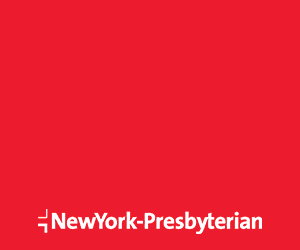multiple myeloma
Research
Treatment
Source: Clinical lymphoma, myeloma & leukemia
 http://lls.org/irc
http://lls.org/irc
Is VD-PACE and immunotherapy a good salvage therapy for relapsed/refractory multiple myeloma?
In a nutshell
The aim of this study was to evaluate if the VD-PACE (bortezomib, dexamethasone, cisplatin, doxorubicin, cyclophosphamide, etoposide) regimen in combination with immunotherapy was effective as a salvage therapy for patients with relapsed or refractory (r/r) multiple myeloma (MM). The study found this salvage therapy option improved patient outcomes.
Some background
MM is a type of blood cancer that impacts bone marrow. Therapy for MM can include chemotherapy (CT) or immunotherapy (IT). Therapy can sometimes destroy the patient’s healthy bone marrow. These patients often receive an autologous stem cell transplant (ASCT). For an ASCT, healthy blood cells are taken from the patient and transplanted back to replace the bone marrow that was destroyed. Some patients need additional care or therapy post-transplant to ensure the ASCT is effective.
Some patients do not respond to therapy (refractory). A high number of patients experience a relapse (the disease returns). Patients with relapsed/refractory (r/r) MM need salvage treatments. There are many salvage therapies available for r/r MM. VD-PACE is one such salvage therapy. It can be combined with IT to increase the chances of effectiveness. However, it is unclear if treatment of r/r MM with VD-PACE and IT as a salvage treatment is safe and effective.
Methods & findings
This study evaluated data from 30 patients with r/r MM. Patients had previously been given 3 other types of therapy on average. Patients received at least one cycle of VD-PACE + IT. IT included either thalidomide (Thalomid) or lenalidomide (Revlimid). 22 (73%) patients had ASCT before VD-PACE. 15 patients (50%) had ASCT after VD-PACE. The average follow-up time was 15 months.
67.7% of patients had a response to therapy. Another 20% had stable disease (tumors did not shrink or grow). Overall, the average survival without cancer worsening was 11 months. The average overall survival was 26 months. In patients who received ASCT after VD-PACE, the average survival without cancer worsening was 16 months and the average overall survival was 31 months.
The most common side effects reported were low levels of platelets (blood cells involved in clotting; 90%), anemia (93.33%), and low levels of white blood cells (86%).
The bottom line
The study concluded that VD-PACE + IT improved the outcomes of patients with heavily treated r/r MM.
The fine print
This study has a very small sample size. Treatments were not randomized, as data from medical records was used.
Disclaimer:
This information should not be relied upon as a substitute for personal medical advice, diagnosis or treatment. Use the information provided by Medivizor solely at your own risk. Medivizor makes no warranties or representations as to the accuracy of information provided herein. If you have any concerns about your health, please consult a physician.




 Facebook
Facebook
 Twitter
Twitter
 Email
Email
 Share with doctor
Share with doctor

Discussion about this item